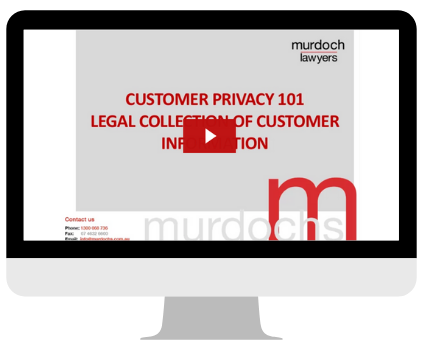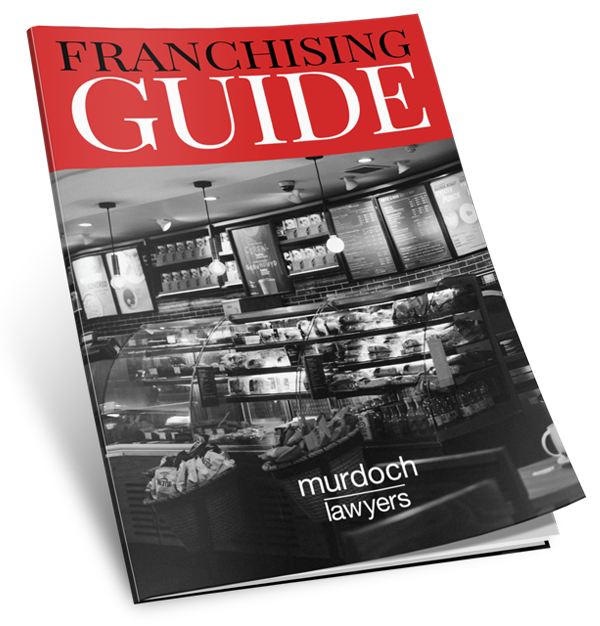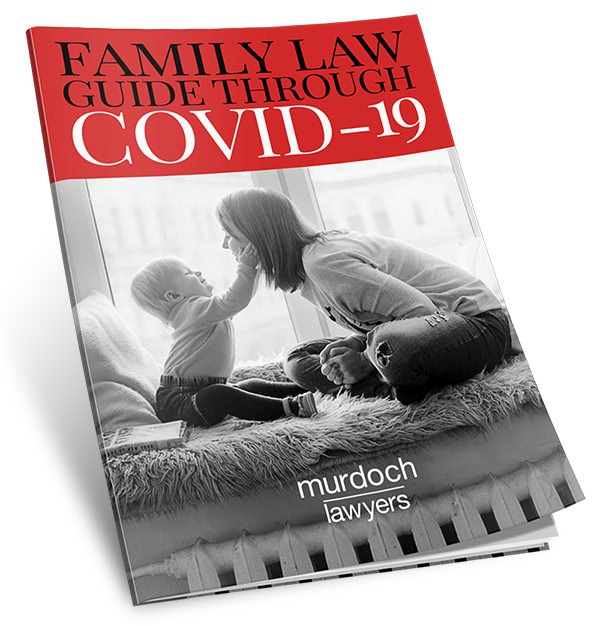
On 16 April 2018, the Labour Hire Licensing Act 2017 commenced in Queensland requiring, amongst other things, a labour hire service provider to apply for a licence within 60 days.
Deadline
A labour hire service provider must apply for a licence by 15 June 2018 to ensure they are not subject to fines.
Exemptions
The Labour Hire Licensing Regulations 2018 (which also came into force on 16 April 2018) clarifies classes of individuals who are not workers for the purposes of the Act. These persons include:
- an employee who earns wages in excess of $142,000 per annum and whose employment is not covered by a state award, modern award of enterprise agreement.
- a director of a company who is the sole employee and the only individual the company supplies, in the course of carrying on a business, to another person to do work;
- an in-house employee who is provided to another business on a temporary basis by his or her employer. The Regulations define an in-house employee to be an individual who is engaged on a regular and systematic basis, has a reasonable expectation of continuous employment and primarily provides work for the business of the employer;
- an employee who is provided by his or her employer to provide services to another employer within a corporate group of entities that carry on business collectively as one recognisable business. To assist, the Regulations provide this example: “a landscaping business is comprised of a number of companies that are responsible for the different aspects of the business. The business’s workers are all employed by 1 of the companies and are supplied to work for 1 or more of the other companies within the business.”
Financial Viability
When applying for a licence, the Act requires the labour hire service provider to submit information about the provider’s financial viability. The Regulations describe this information as financial documents held by the provider relating to the provider’s ability to:
- meet its actual, or projected operating costs and expenses;
- pay each worker supplied by the business as and when the worker is due to be paid; and
- pay other financial obligations or entitlements in relation to workers, for example, payment of payroll tax and superannuation for workers.
The Regulations offer the following examples of financial documents to assist providers:
- a profit and loss statement
- a balance sheet
- an independent accountant’s report
- a financial plan
- a statement of actual, or projected, cash flow
- a bank statement
- a document showing amounts withheld from payments made to employees and paid to the Australian Taxation Office
- a document showing payment of employee superannuation
Fees
The Regulations provide a schedule of fees for applying, renewing or restoring a labour hire licence. Fees are determined by a tiered system on the basis of the amount of wages paid by the provider in the previous financial year:
| Tier | Amount of Wages |
|---|---|
| Tier 1 business | $1.5million or less |
| Tier 2 business | $1.5million or more but less than $5million |
| Tier 3 business | $5million or more |
The applicable fees are:
| Tier | Application Fee | Renewal Fee | Restoration Fee |
|---|---|---|---|
| Tier 1 business | $1,000 | $1,000 | $1,000 |
| Tier 2 business | $3,000 | $3,000 | $3,000 |
| Tier 3 business | $5,000 | $5,000 | $5,000 |
Summary
Considering the significant penalties in place for failing to comply with the new laws, prioritising the application for a labour hire licence before 15 June 2018 is a must for all labour hire service providers.
If you are a labour hire service provider and are unsure about what the new laws mean for you, we recommend you our Toowoomba Lawyers contact us for advice and/or assistance.




